Beauty and the Beast is the latest in Disney’s intransigent resolve to convert their entire catalog of animated classics into live-action cash cows. Bill Condon takes the helm in this much-hyped musical that adds some extra flair to an already extravagant tale.
We all know the story of Belle, the fair-skinned bookworm imprisoned by a short-tempered beast in an enchanted castle filled with singing anthropomorphic household objects. However, screenwriters Evan Spiliotopoulos and Stephen Chbosky bring in some unique twists that usher a somewhat problematic story into this modern era of social justice—where feminism and diversity are essential rather than “nice to haves.”
In fact, the film’s most magical moments are in these modern details like the array of color decorating the opening ballroom scene. For years I’ve been told that white-washed period pieces were the norm because “black people didn’t exist in that space back then.” If we’ve learned anything from Amma Assante’s Belle, it’s that statements like those are more alternative than factual. That vibrant scene filled with gaudy dresses, poofy hair and people of different shades like Gugu Mbatha-Raw’s Plumette is reminiscent of Rodgers and Hammerstein’s live-action Cinderella, and further proves that homogeneous casts aren’t the be–all and end–all in period settings.
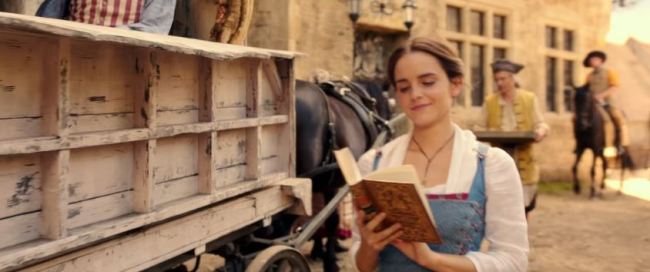
Even Belle was subject to a few tweaks of her own like explicitly revealing her desire to be more than just Gaston’s decorative housewife, and continually calling out the Beast for his negative attitude. For those still declaring this to be a love story based on Stockholm Syndrome, were you even watching the same movie?
Admittedly, there are some issues with the plot because at the bare bones of it, this is the tale of a beautiful young woman who volunteers to replace her father as a captive in this ferocious creature’s castle with a bunch of talking objects who desperately hope she’s the key to breaking their curse. There’s no getting around that.
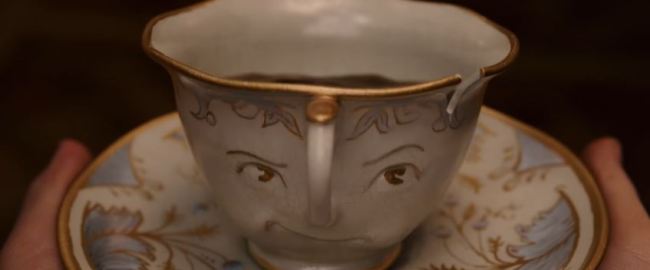
However, the story has been updated so that the Beast isn’t so… beastly. He’s more a of spoiled prince angry at being forced to walk in someone else’s shoes for a harsh lesson in humility. In this version of the story, we’re allowed to better understand him with songs like “Days in the Sun,” which also reveals how much he and Belle have in common. We get to see that they connect not only out of a love of literature, but also because they both know what it’s like to lose a mother at a young age and feel like a freak among their peers. That’s the connection that seemed to be missing in the the animated classic, and that’s the key to understanding why a beauty would fall for such a beast.
Perhaps the most important thing to keep in mind is the fact that the Beast allows her the option to leave. Not that we should be giving him a cookie for being a decent person, but him willfully accepting life as a grotesque (but honestly, was he really that bad to look at?) being in order to place Belle’s needs above his own speaks volumes. And for Belle, her affections aren’t determined by a desire to “fix” this creature. Moreso, they’re motivated by a better understanding of who he is and what a decent person he can be. Any hope of a happy life together rests on the Beast willfully changing his attitude, not the woman changing him. I can respect that.
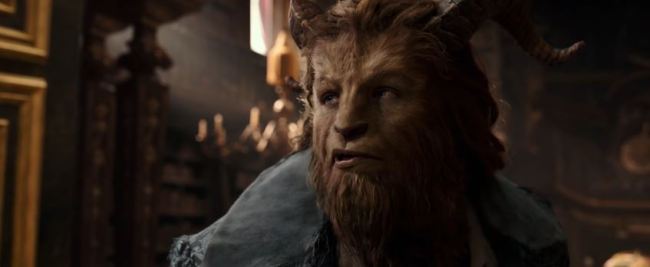
With that said, the film does fail to live up to its hype because of its safe approach to the rest of the story. It breezes through major plot points such as that sweet but rushed falling in love montage like a backlot tour through Hollywood Studios. Don’t get me wrong, the film is stunning and loads of fun (that “Be Our Guest” sequence brings the same wonderfully frantic energy and joy as the Magic Kingdom fireworks extravaganza), but it also feels a little empty.
The movie’s faults, however, cannot be attributed to its stellar cast made up of colorful characters like Cogsworth (voiced by Ian McKellen), Belle’s inventive father Maruice (played by Kevin Kline), Emma Thompson’s Mrs. Potts, the adorable chip (voiced by relative newcomer Nathan Mack), golden-voiced Madame Garderobe (voiced by Audra McDonald), Mbatha-Raw’s sultry Plumette, and Stanley Tucci’s newly added Maestro Cadenza.
Ewan McGregor’s attractively flamboyant Lumière and Luke Evans’ handsome yet dimwitted Gaston easily stole every scene they were in. Josh Gad’s LeFou, on the other hand, is the exception to this. His character, while amusing at points, crosses over into try-hard nuisance more often than not. His homosexuality was confirmed outside the film but is teased on screen through cliched one-sided flirtations that Gaston and everyone else seem to be oblivious to.
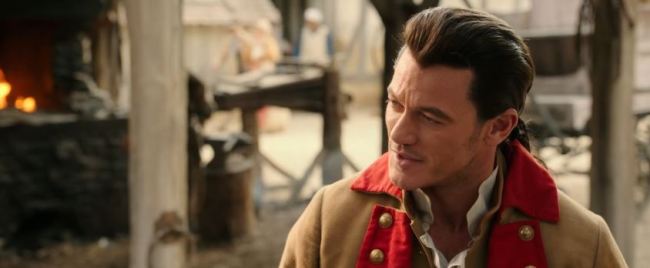
I think the weakest part of the film had to be Emma Watson’s singing (her acting is excluded from this narrative). She is no Paige O’Hara and her voice is adequate enough at times, but her struggle notes in “Belle (Little Town)” support Vulture’s argument for bringing back dubbing in films.
In the end, Beauty and the Beast is a delightful musical spectacle that successfully caters too an all-too nostalgic audience. While it does stick too closely to form, Alan Menken and Tim Rice add just enough flavor with three new songs that elevate the film out of boring rehash territory. If you loved the animated film or enjoy pretty costumes on display backed by infectious tunes, this one should suit you just fine.
(images via Disney)
—The Mary Sue has a strict comment policy that forbids, but is not limited to, personal insults toward anyone, hate speech, and trolling.—
Follow The Mary Sue on Twitter, Facebook, Tumblr, Pinterest, & Google+.



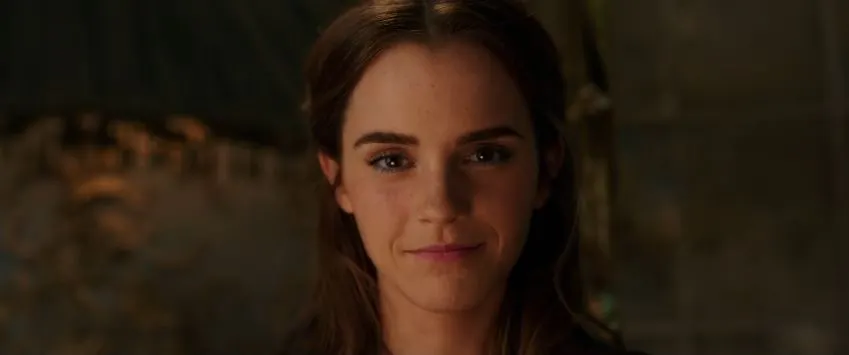




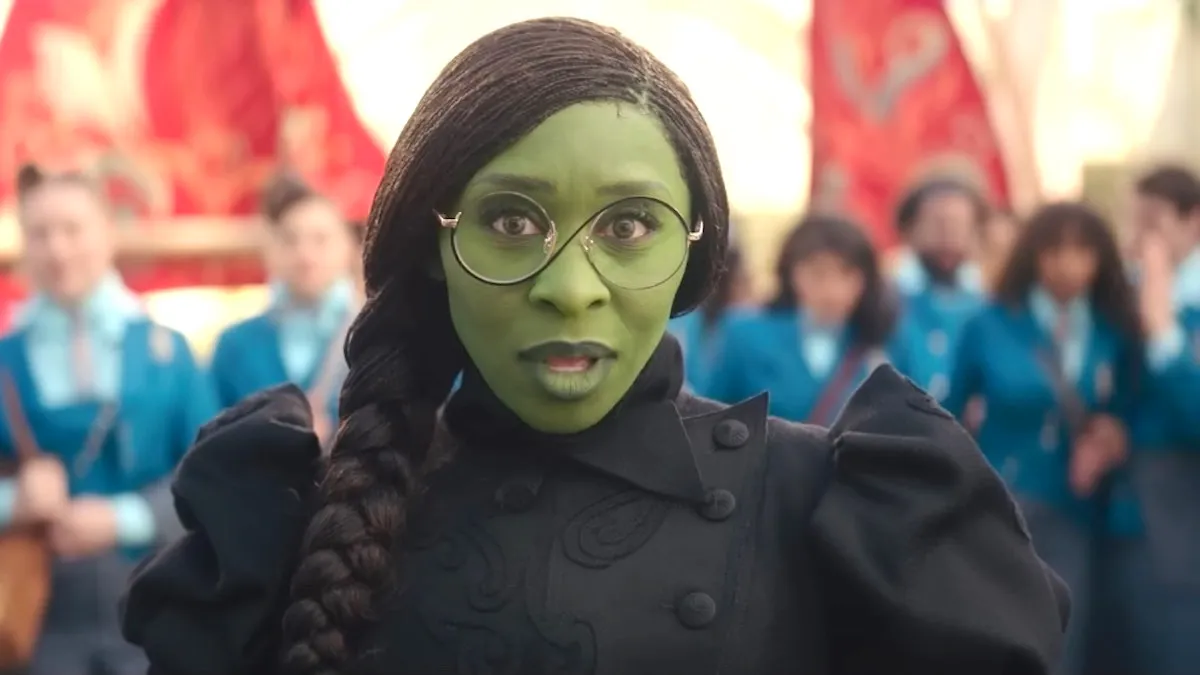
Published: Mar 16, 2017 05:06 pm